Matthew Gleaves continues his series focusing on benchrest shooting with a look at how to prepare and what to expect when you enter your first benchrest shooting competition!
Read part 1 here and part 2 here!
In part 3 of my introduction to benchrest, we will be looking at what you should expect at your first side-by-side Benchrest UK competition and how to prepare. We will look at preparation, rules, format and what you’ll experience, and talk to some first-timers to see what they learned at their first event.
So, you have decided that benchrest shooting is for you; you have all the gear; you’ve been training like Rocky and now you’re at the point where you want to test your mettle against other shooters in a national competition.
 credit: Archant
credit: Archant
Entering a benchrest competition
Surfing the Benchrest UK website and joining the Benchrest UK Facebook group are the best ways to find out about upcoming competitions. Once you’ve decided to attend the competition of your choice, you can enter and pay your fees on the Benchrest UK website. Remember, entrance fees are reduced for members. You can also buy some Benchrest UK clothing on the site – so that you look the part.
Before you enter the competition you should read all the rules and make sure that your rifle and equipment meets the requirements. If you want to enter both the Heavy and Light Varmint class competitions, you will need a rifle with a total weight of less than 10.5lbs. Also, your rifle must produce less than 12 ft.lbs. of energy, the UK legal limit. All guns are weighed and chronographed before you shoot, to ensure compliance.
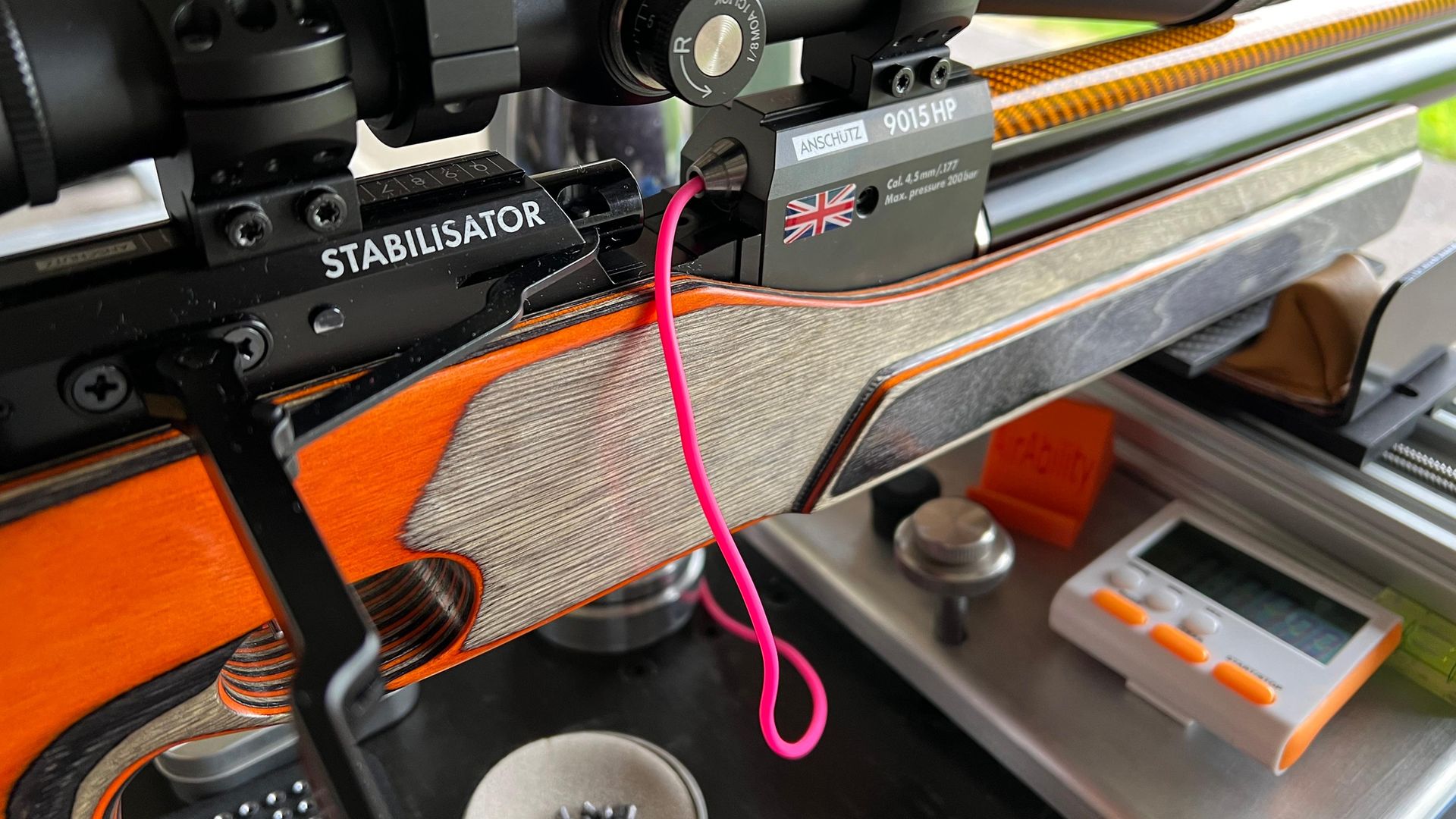 credit: Archant
credit: Archant
What do I need to bring to a benchrest competition?
Benchrest UK shooters are a friendly bunch, but this doesn’t mean you should be slack on your preparation. Don’t bother people for equipment that you should have brought yourself – although, in true emergencies, they will pull together to help a fellow shooter.
Benchrest competition equipment
- Your chosen .177 Rifle and scope
- Front rest and back bag.
- Wind flags - although first-timers can usually borrow some on the day.
- Safety flag - Usually a bit of unused garden-strimmer cord about 30cm long that you can slide in your rifle’s breech and down the barrel to show it’s unloaded and safe.
- Pellets – prepped and weighed because you won’t have time on the day, and it’s a distraction you don’t need, anyway.
- Air cylinder, whip and probe to fill your gun.
- Timer.
- Drummer’s adjustable stool.
- Ear-plugs – even airguns can be loud.
- Any tools/spares you’ll need for minor repairs, or tweaking.
- A chilled can of ‘whooop ass’ to unleash on your opponents.
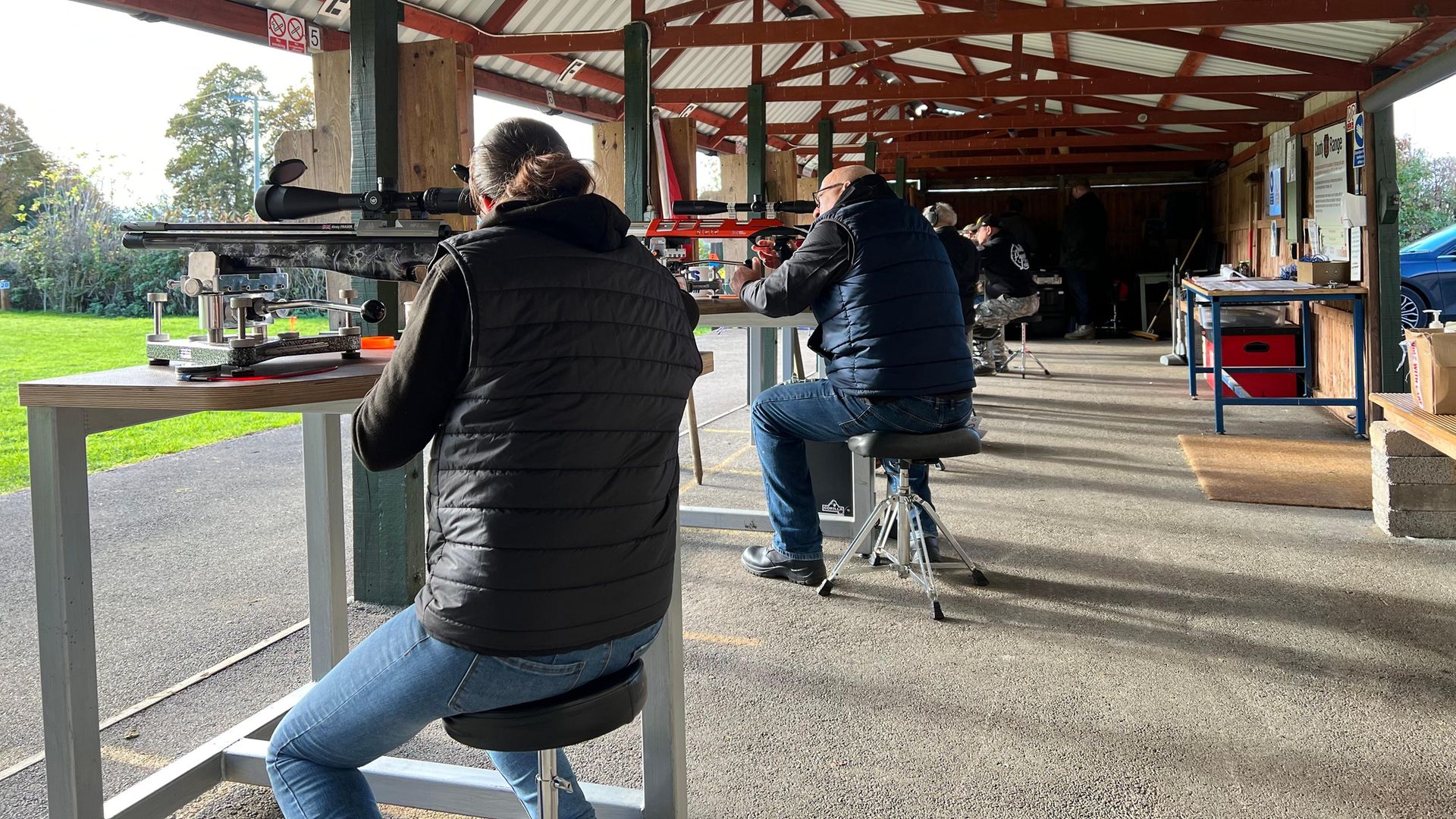 credit: Archant
credit: Archant
How benchrest competitions work
Air rifle events are held over two days; the Saturday is normally the Light Varmint competition, with the Heavy Varmint competition on the Sunday, and shot over 25m.
There is also usually an open practice day on the Friday, where you can acclimatise to the range and conditions. Official practice targets are supplied by Benchrest UK at the practice day and events.
You will shoot two or three cards for each competition class you enter, depending on the event. Each card has 25 scored targets, plus some sighting targets. You must shoot one pellet in all of the 25 scored targets within 20 minutes, as well as unlimited sighting shots in the sighting targets. The winner of each class will have the highest total score on the day.
 credit: Archant
credit: Archant
On benchrest competition day...
Arrive at the venue at least an hour earlier than you are timed to shoot. You will need time to have your rifle and equipment checked by officials, and you’ll need time to settle in and relax.
Take some time to watch other shooters and how they are adapting to the conditions and look at their wind flags to get an idea of the wind.
At your allotted time, report to the range and set up your equipment on your allocated bench, once told to do so by the range officer.
Set up your wind flags, usually at three equidistant intervals between you and the target, making sure they are in your lane and no higher than the bottom of the target.
Once told to uncase your rifle, ensure that it has the safety flag fitted, and await further instructions from the range officer.
When told to do so, you can shoot your card within the allotted 20 minutes. Although it is best to have a timer with you, the range officer will give you regular warnings of what time is remaining.
Stop as soon as the range officer instructs you to do so, and await further instructions to pack away your equipment. Please be respectful to the other shooters and remove your equipment safely and quickly from the bench.
Whilst waiting to shoot your next target, put as many questions as you can between sets, to the loitering competitors. Fellow shooters are a great source of knowledge.
Remember, enjoy the day, make notes, and a ‘to do’ list that you can implement before/at the next competition.
Benchrest first timers - what did you learn?
What did the new shooters at the November Benchrest UK Glevum Target & Sports Club event think of the experience?
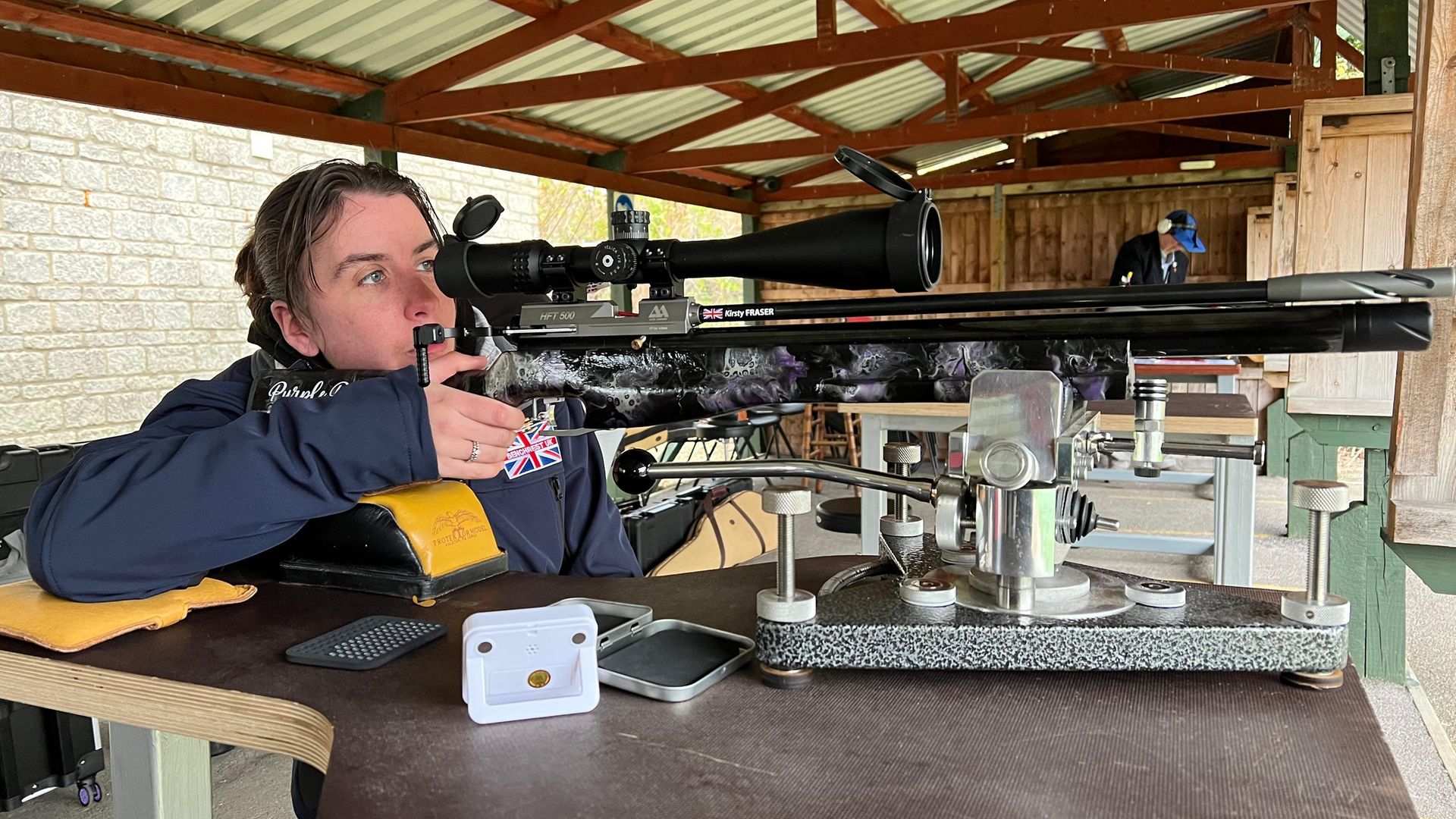 credit: Archant
credit: Archant
After Kirsty Fraser had supported her partner at previous competitions, she decided to give him a run for his money – and she really did: "I spent a lot of time with my dad on the farm, shooting targets, and then two years ago, I met my partner who does plinking and benchrest. I have watched him in previous competitions and was invited along to have a go for myself. I enjoyed every minute of it and achieved 12th out of 20 overall. I was very pleased with how I shot. I enjoyed shooting side by side against world champions, getting advice and tips, and friendly conversation with people that have the same interests. Everyone should have fun. Enjoy shooting your cards, take your time to shoot the whole card, and allow yourself time to check back. Remember to enjoy the moment and be proud to be a participant. Benchrest is not as easy as people think, you don’t just point and shoot, you have to factor in windage, reading wind flags, looking at the target and pulling the trigger all at the same time, whilst being against a 20-minute timer."
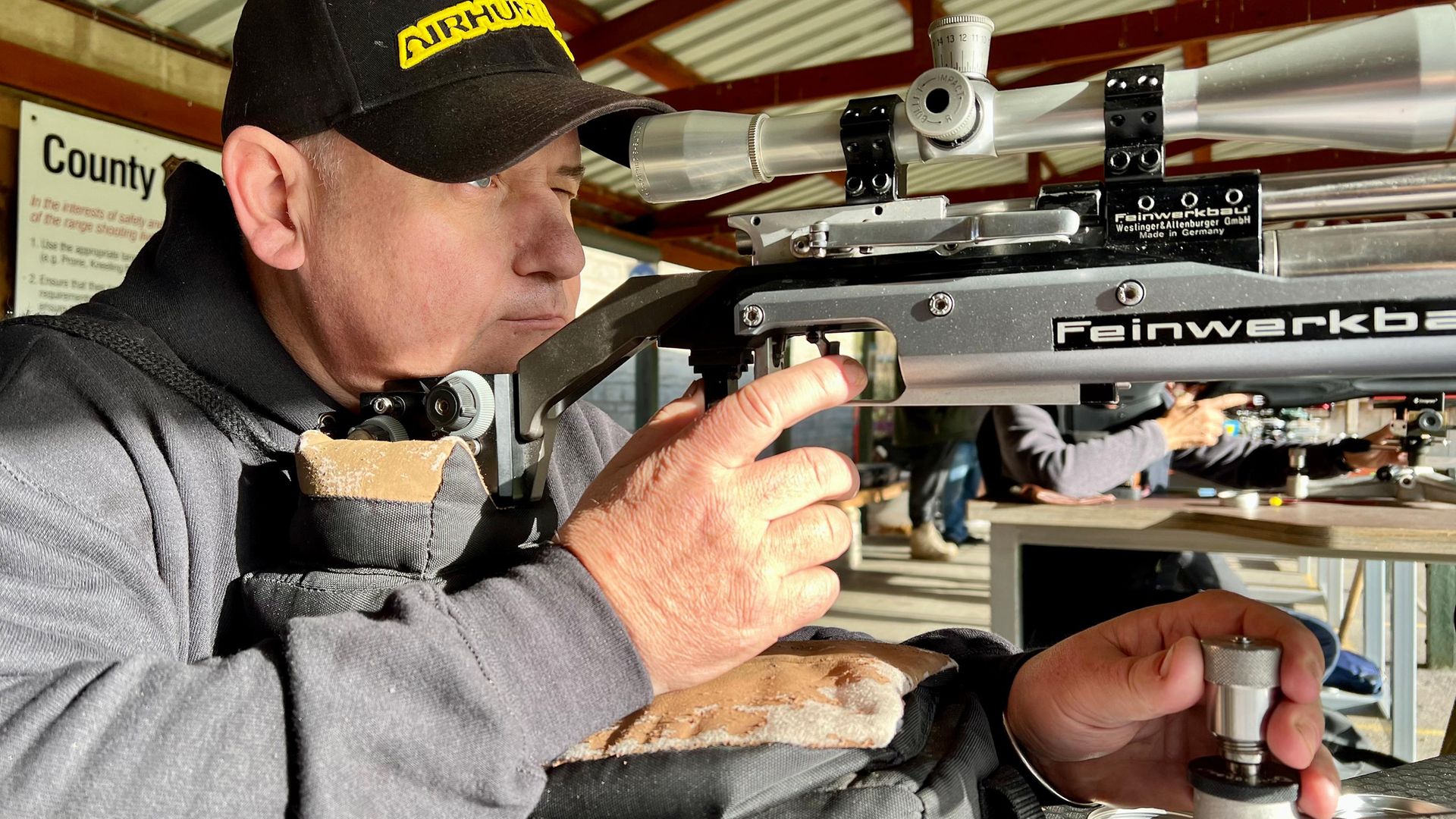 credit: Archant
credit: Archant
It was great to see Jason Lockett on day release from the HFT circuit, securing third place in the LV class at his first event. After posting many benchrest videos from his garden over lockdown, Jason decided to give benchrest competition a go: "I wanted to try a new shooting sport and see what the fuss is all about. I really enjoyed meeting everyone from the shooting groups, and seeing people in person is more fun. They are a surprisingly relaxed bunch of people for such a precision sport. In hindsight, I wish I’d read the rules and known the format in more detail. This would have made the day easier. We all need to remember that benchrest is not easy. We are all legends in our back gardens, but it’s much harder on the open range. The 2mm dots are really hard to hit consistently in unfamiliar conditions and wind."
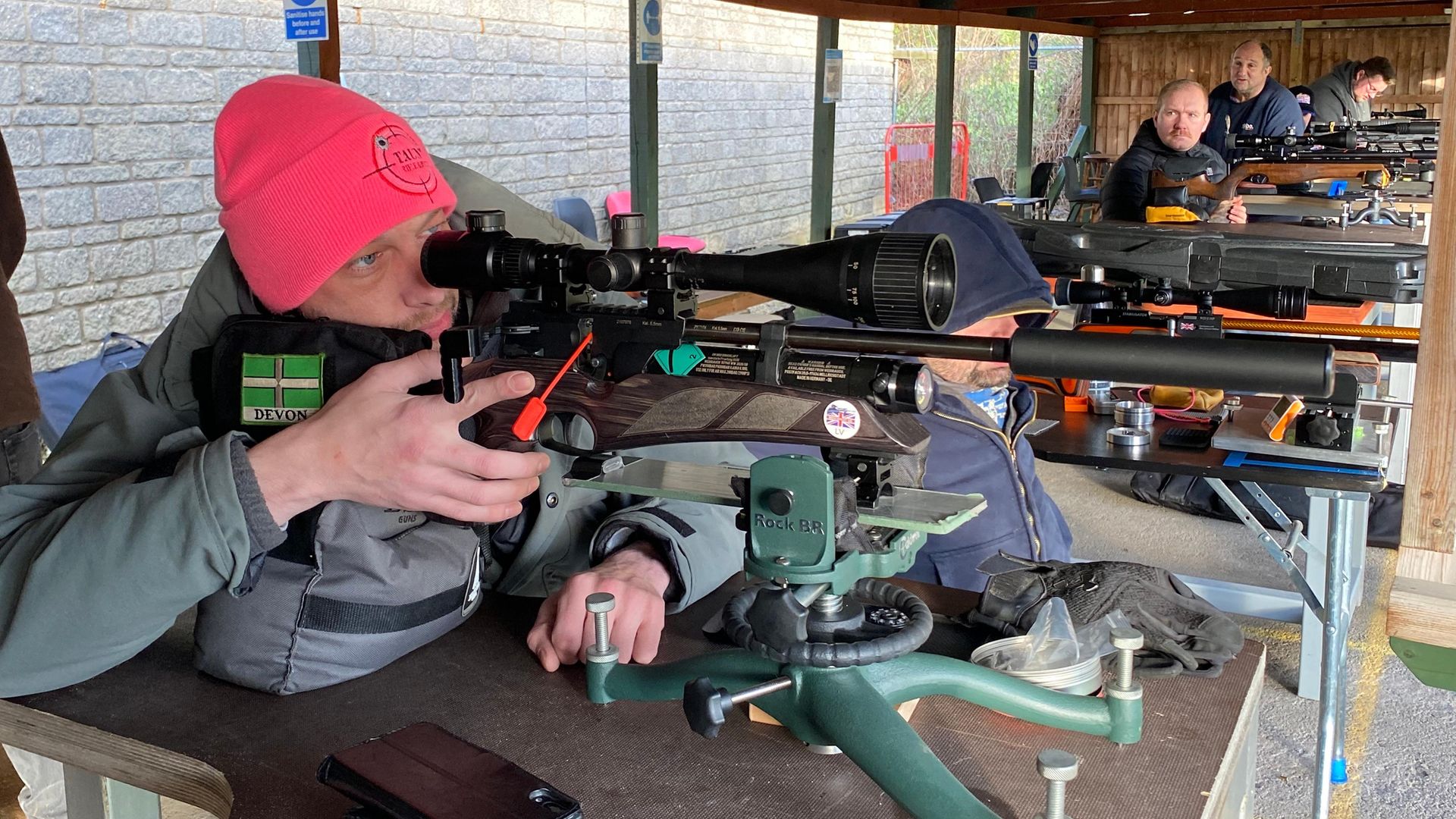 credit: Archant
credit: Archant
First-timer, Nathan Boulton decided competitions were the next logical step after being invited to the event by his friend: "My mate, James, was attending and asked if I wanted to tag along, so I said yes! I have a few health issues and really don’t get out a great deal, especially to places outside the local area, so as soon as he asked I jumped at the chance. I enjoyed being around other like-minded people, in addition to the shooting part of the weekend and I learned more about my equipment and my limits. It was a really windy day and it highlighted that I need more practice in those conditions. Thinking back, I wish I had known just how windy it was going to be up there on the day – it was a real surprise. Theoretically, benchrest should be easy with a dedicated rifle, high mag’ glass that is solidly resting on a stable bench, whilst shooting perfectly weighed/sized ammo. Well, it’s not! I think that’s why it’s so addictive."